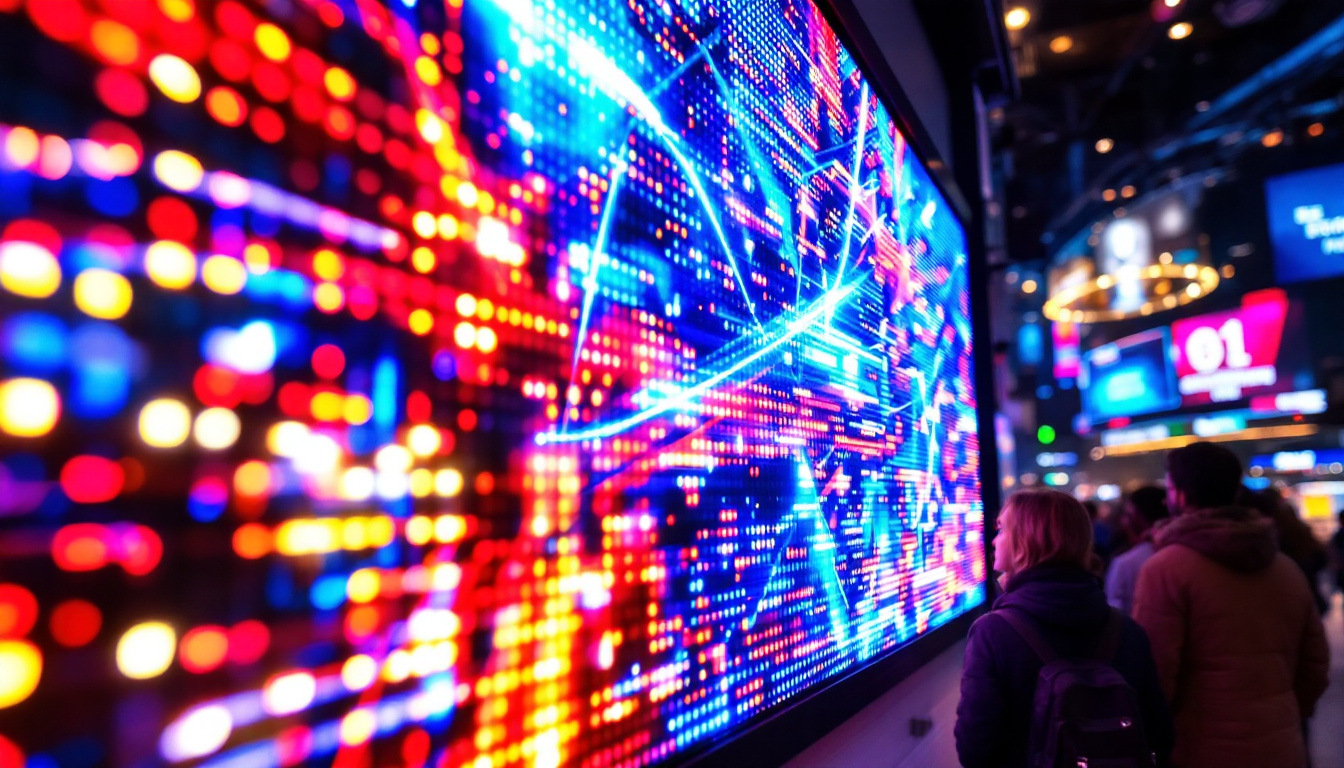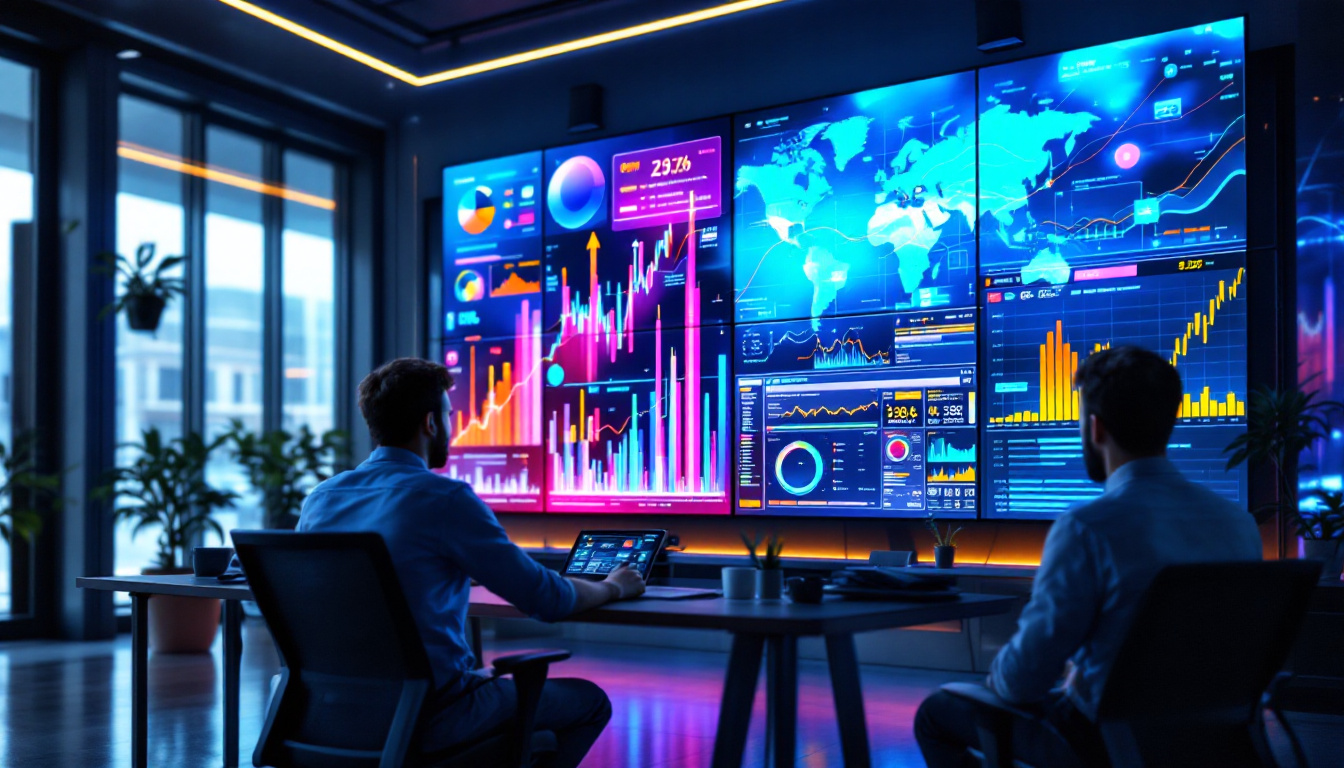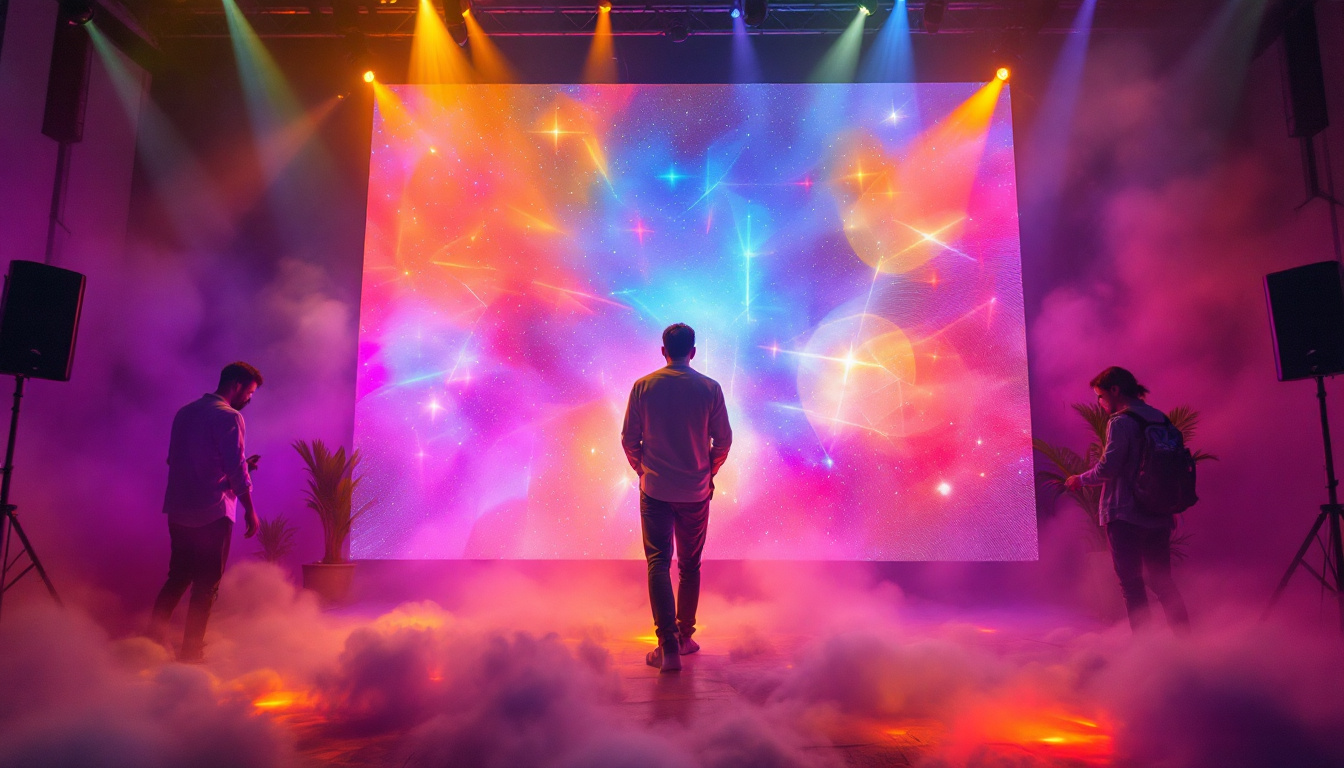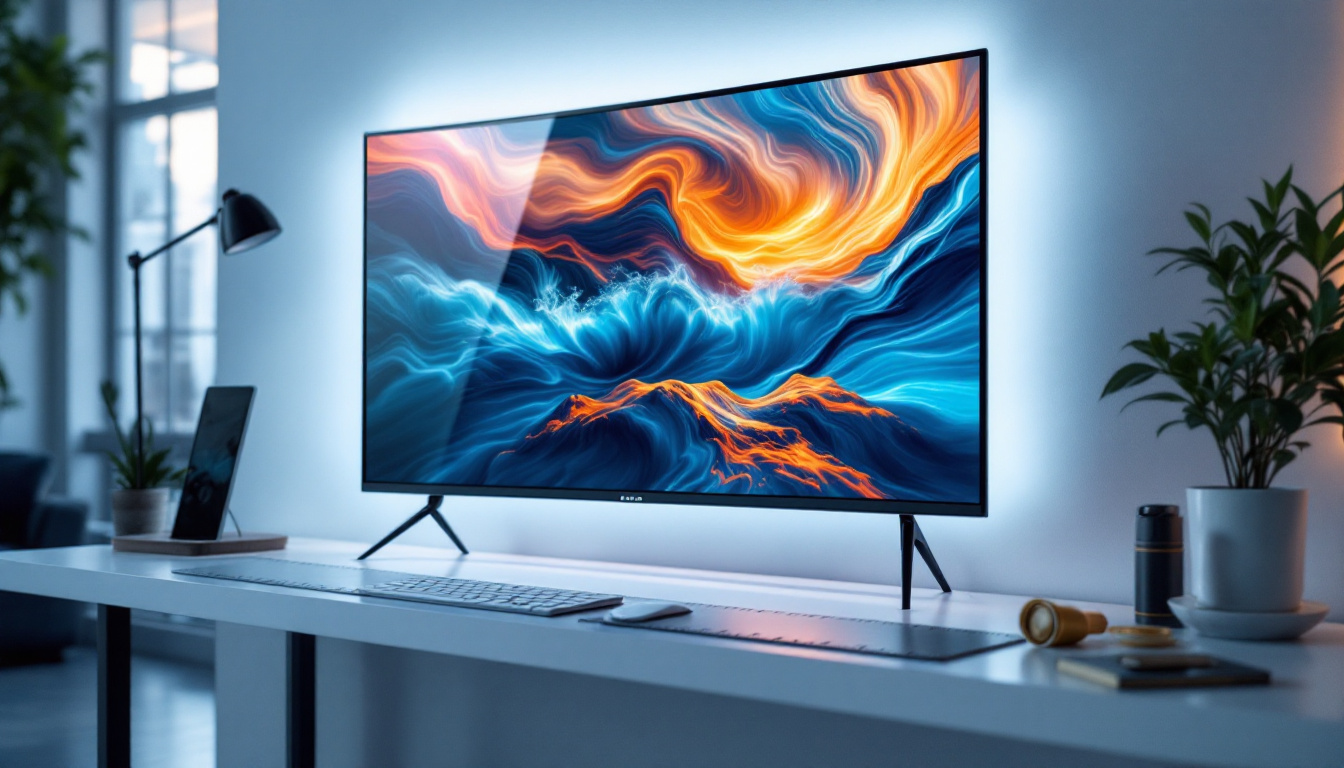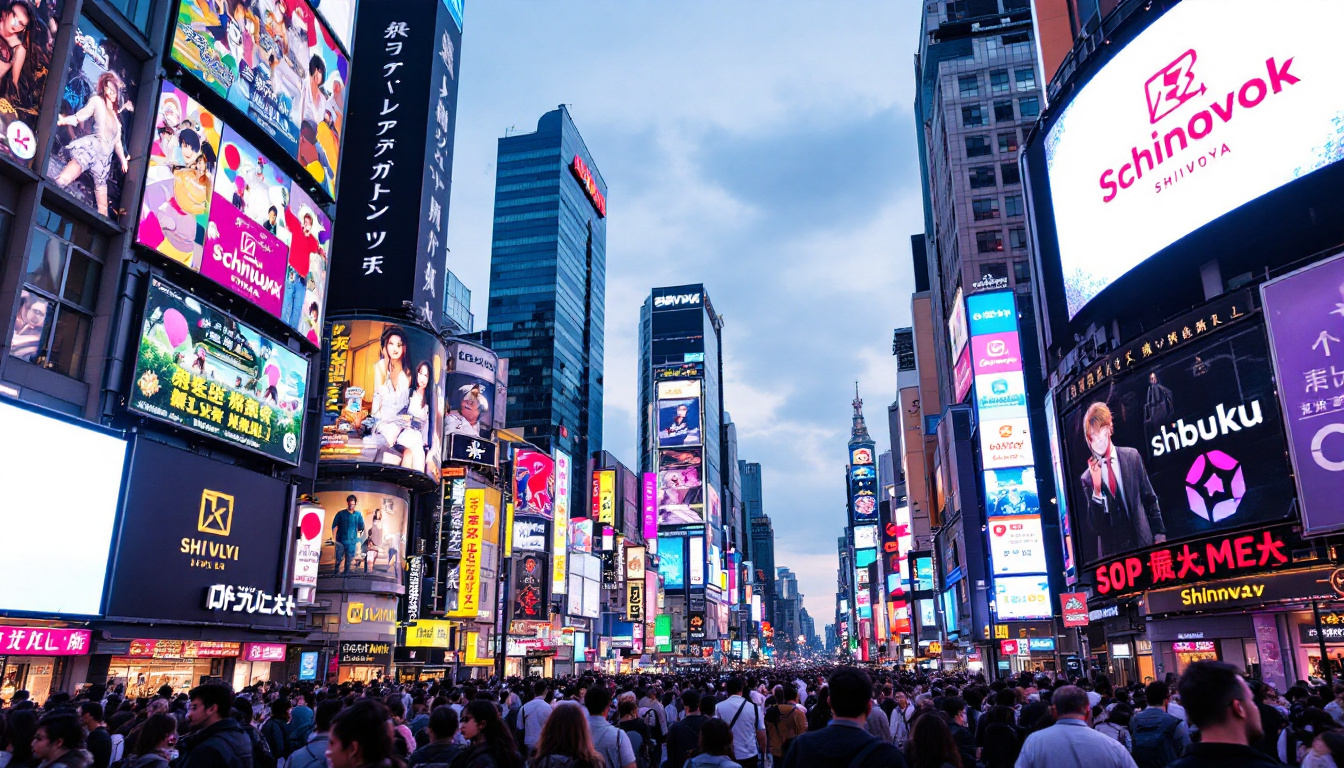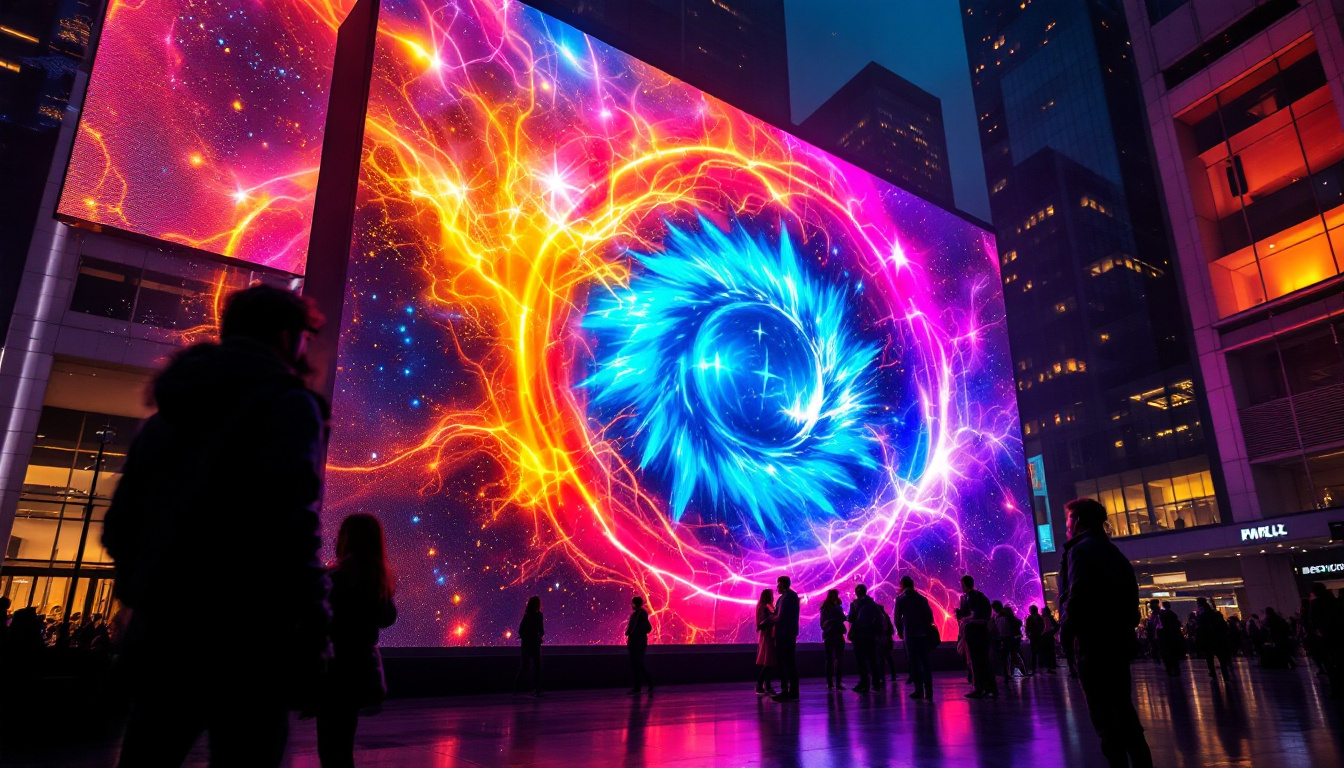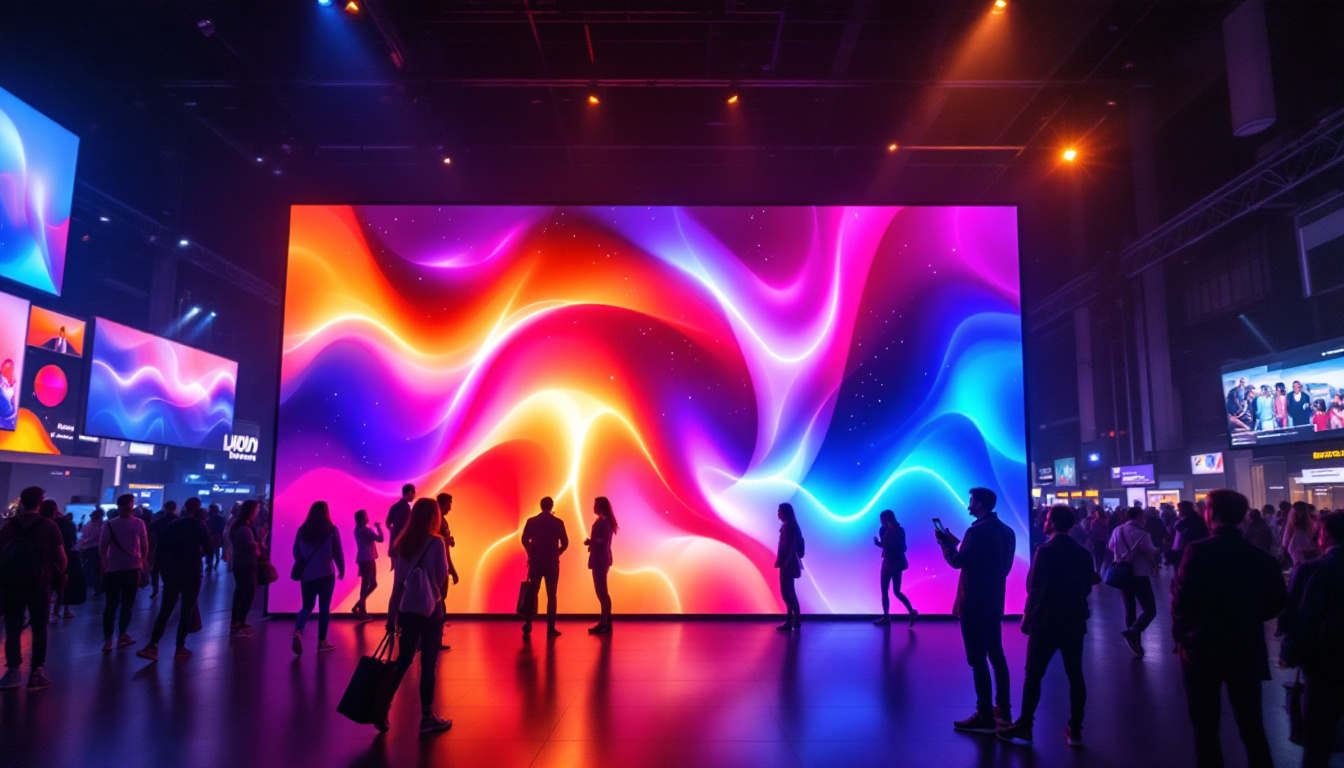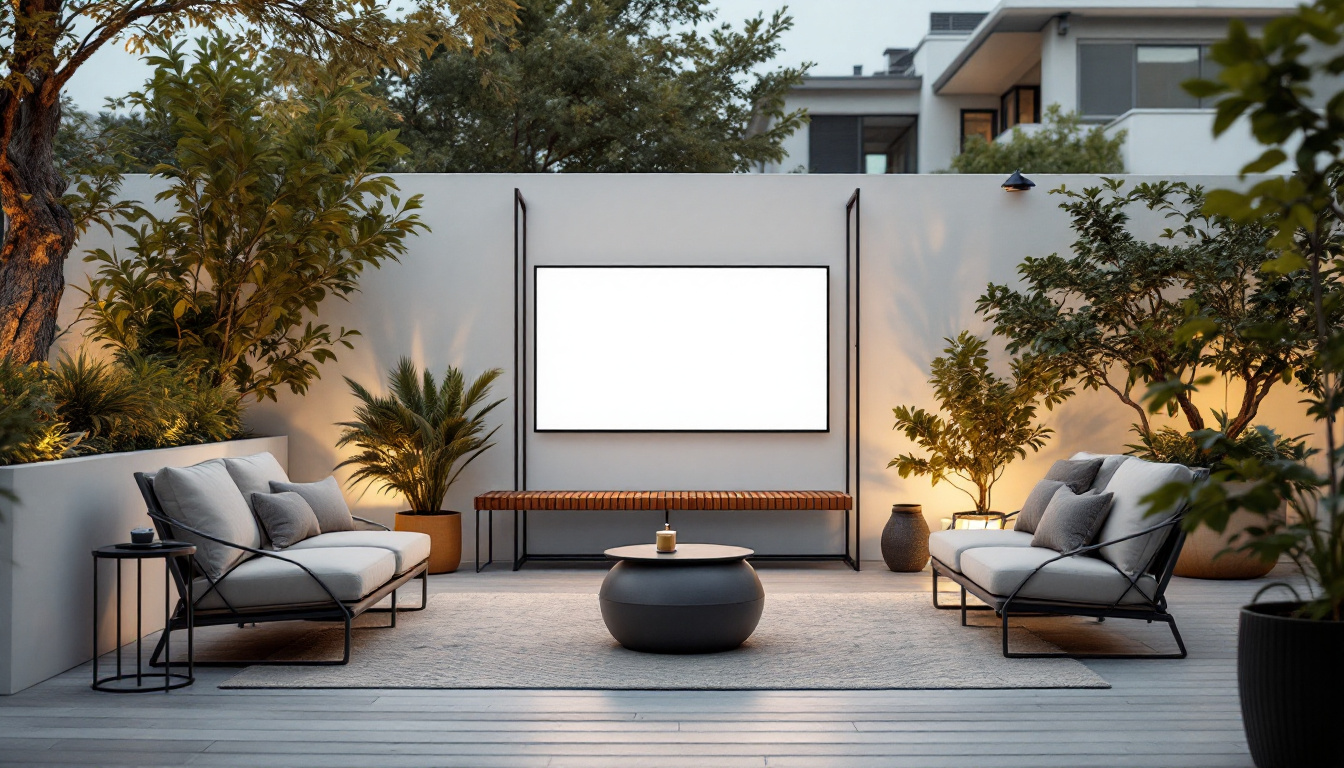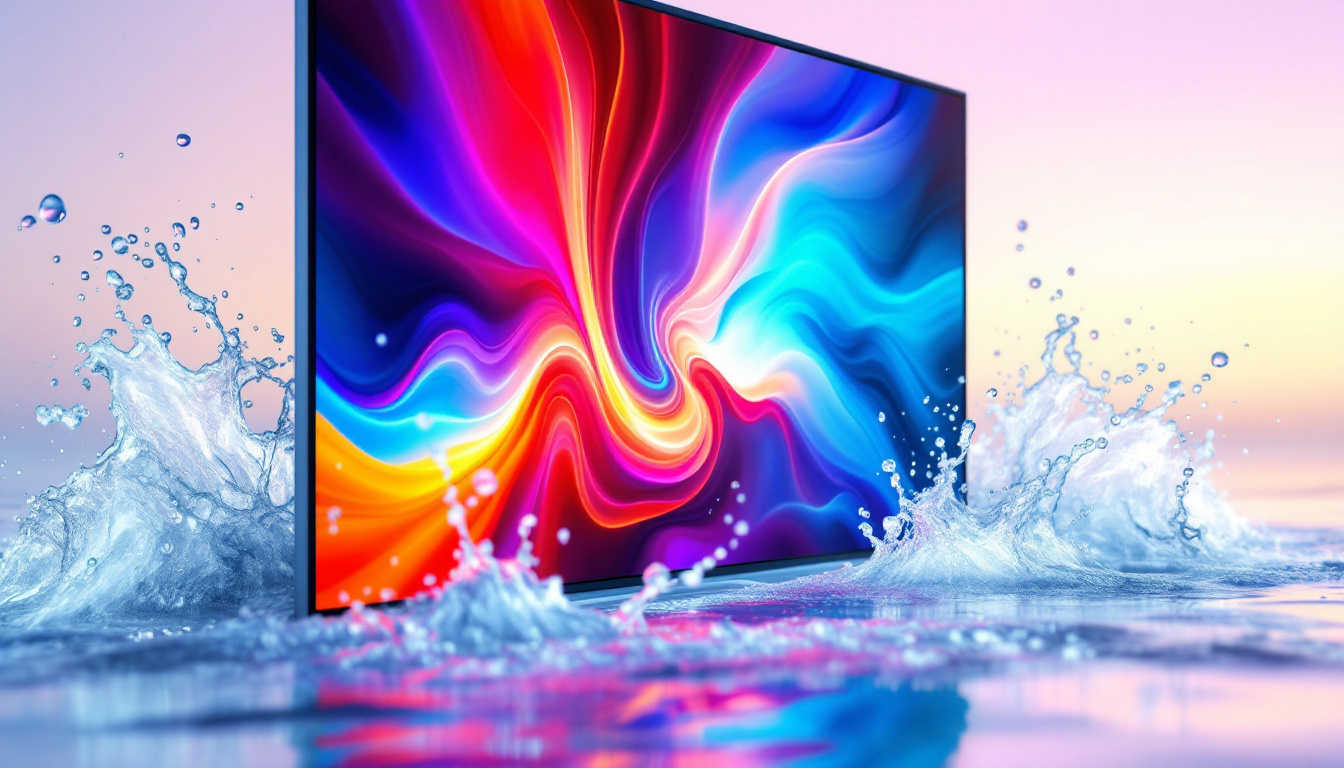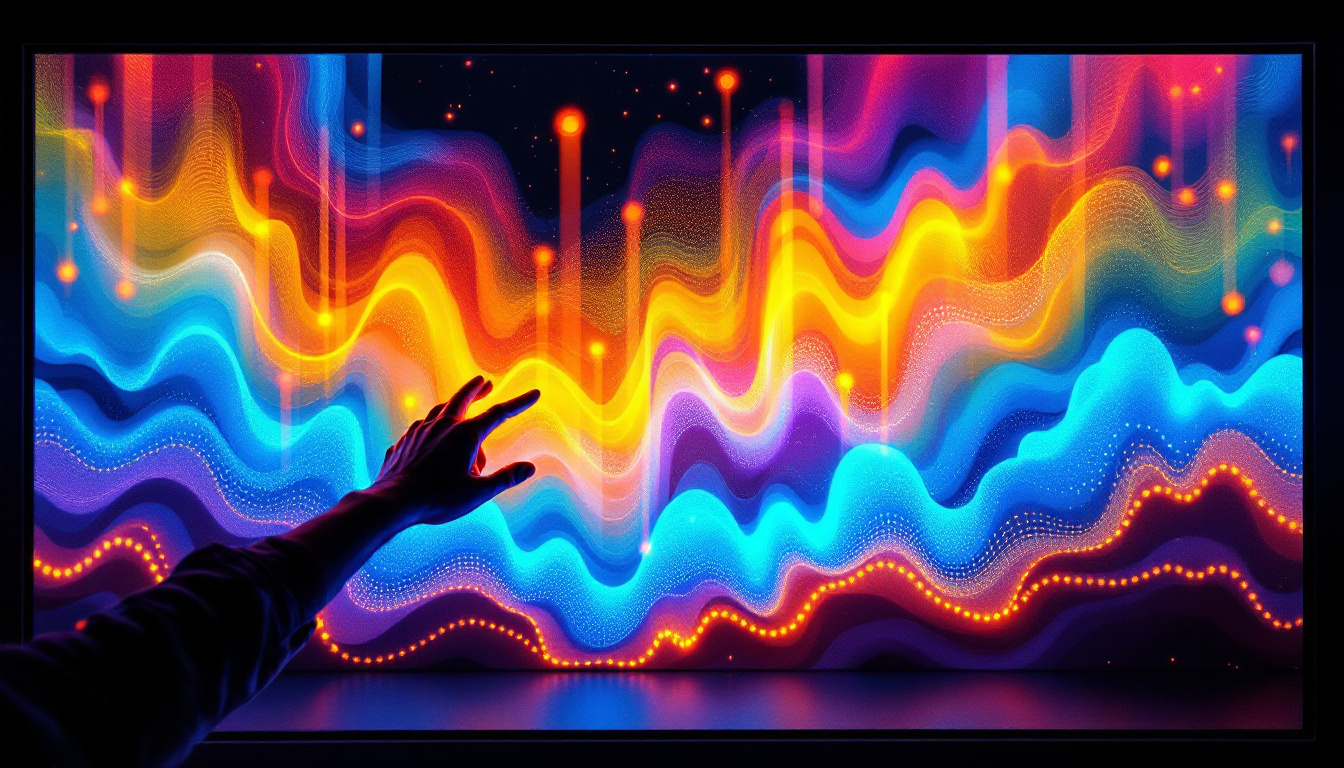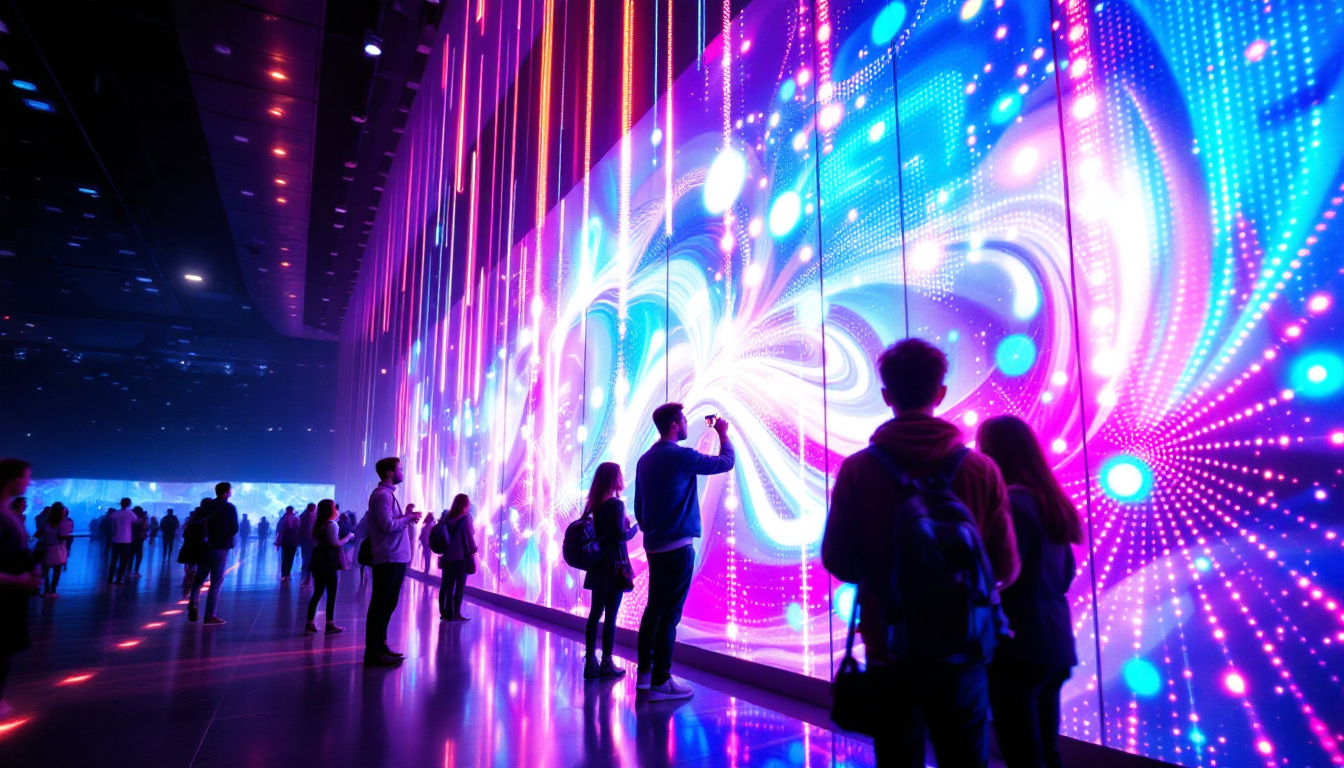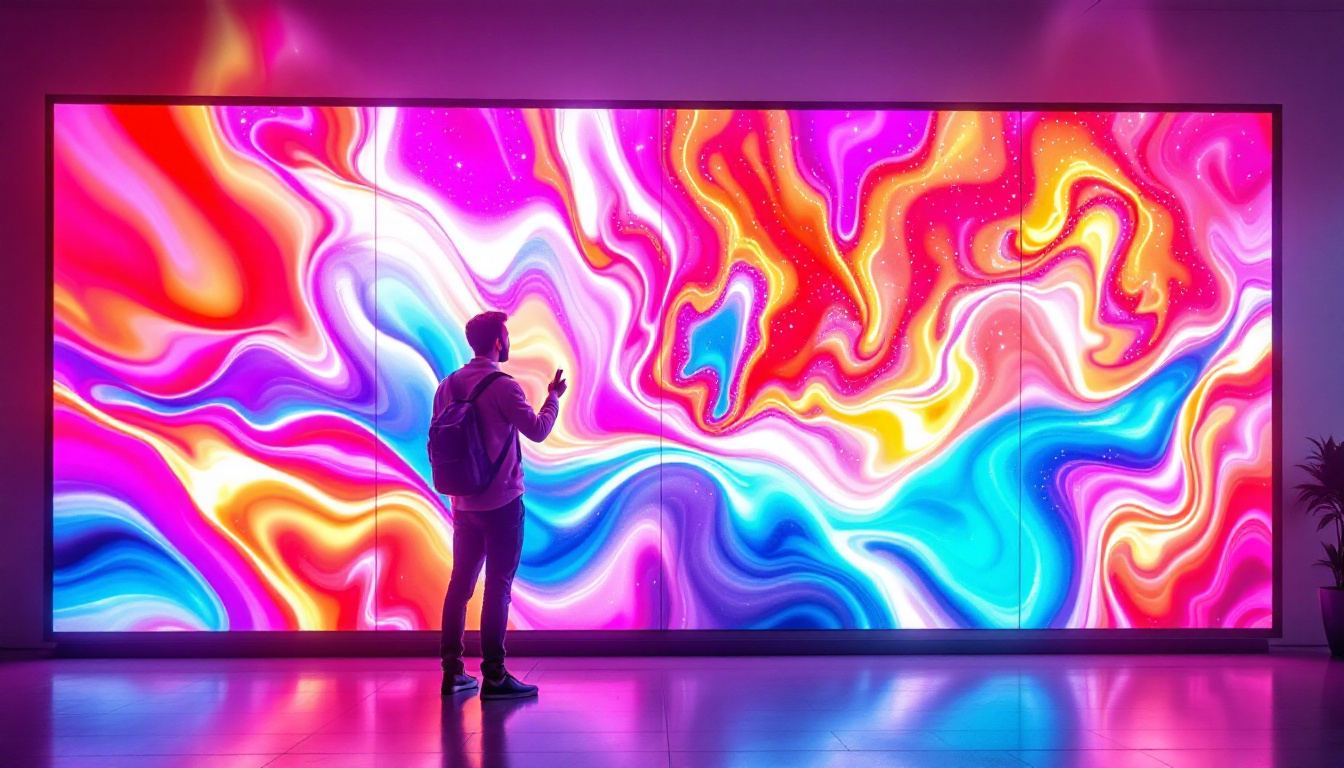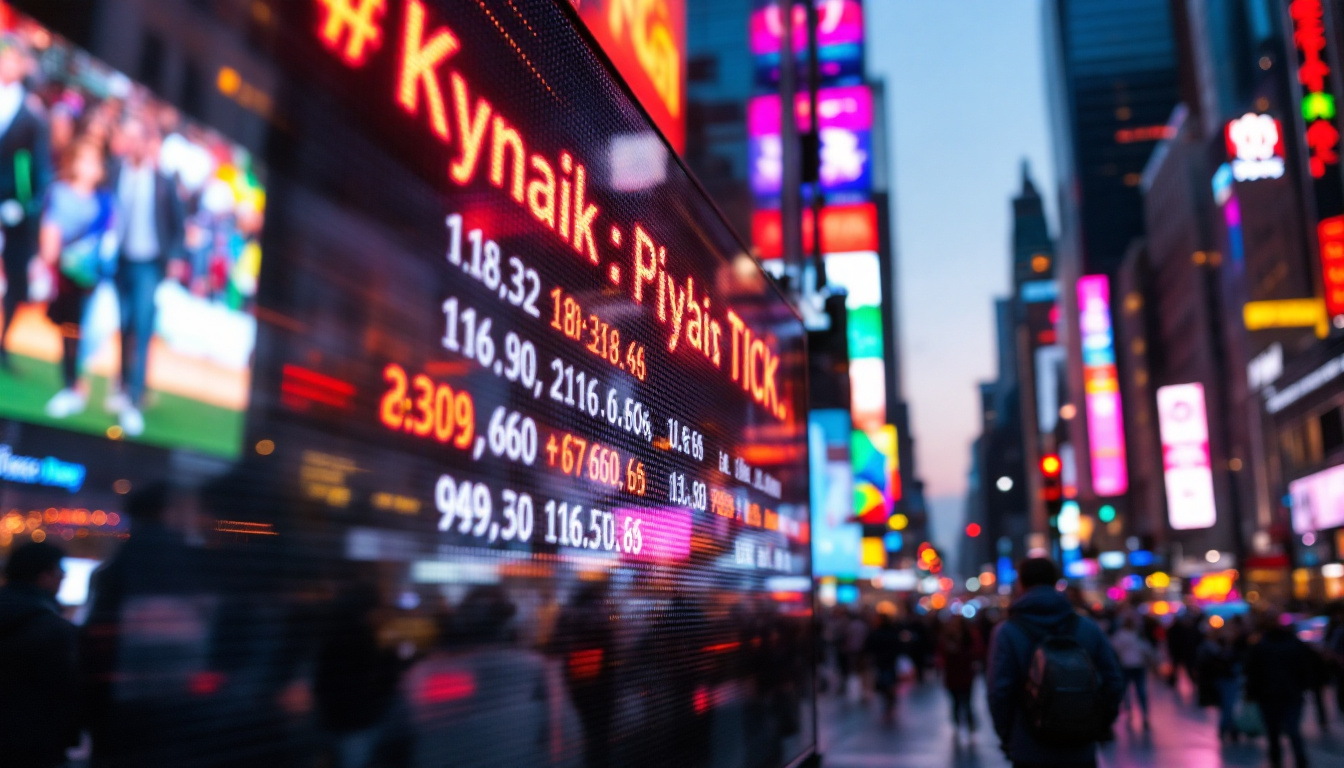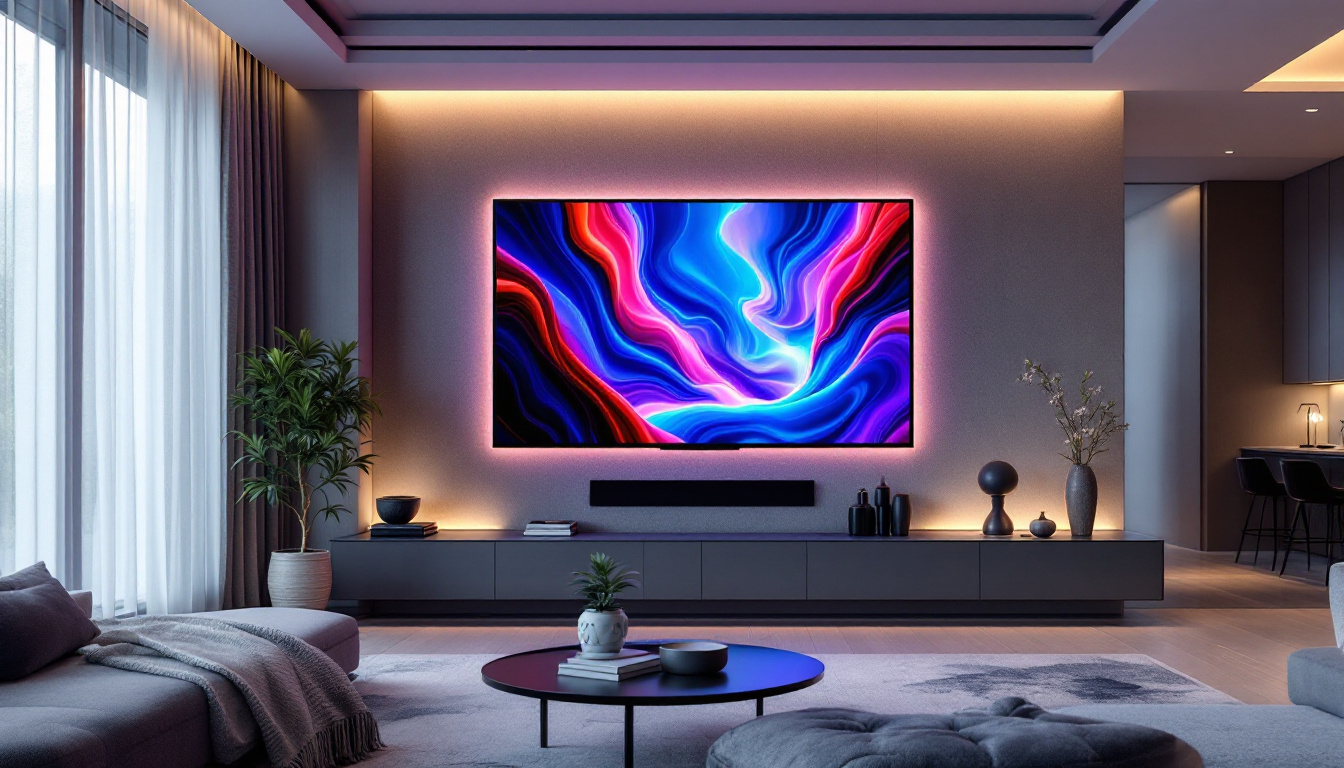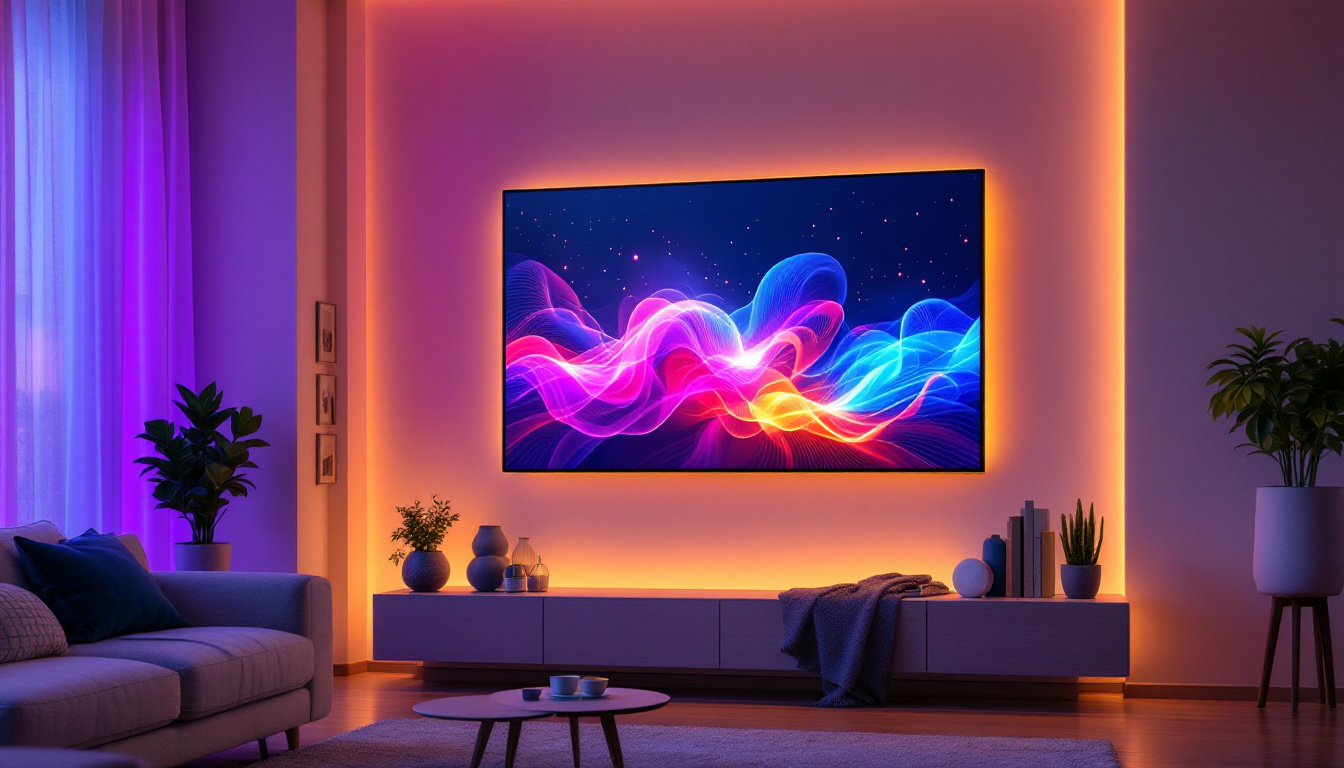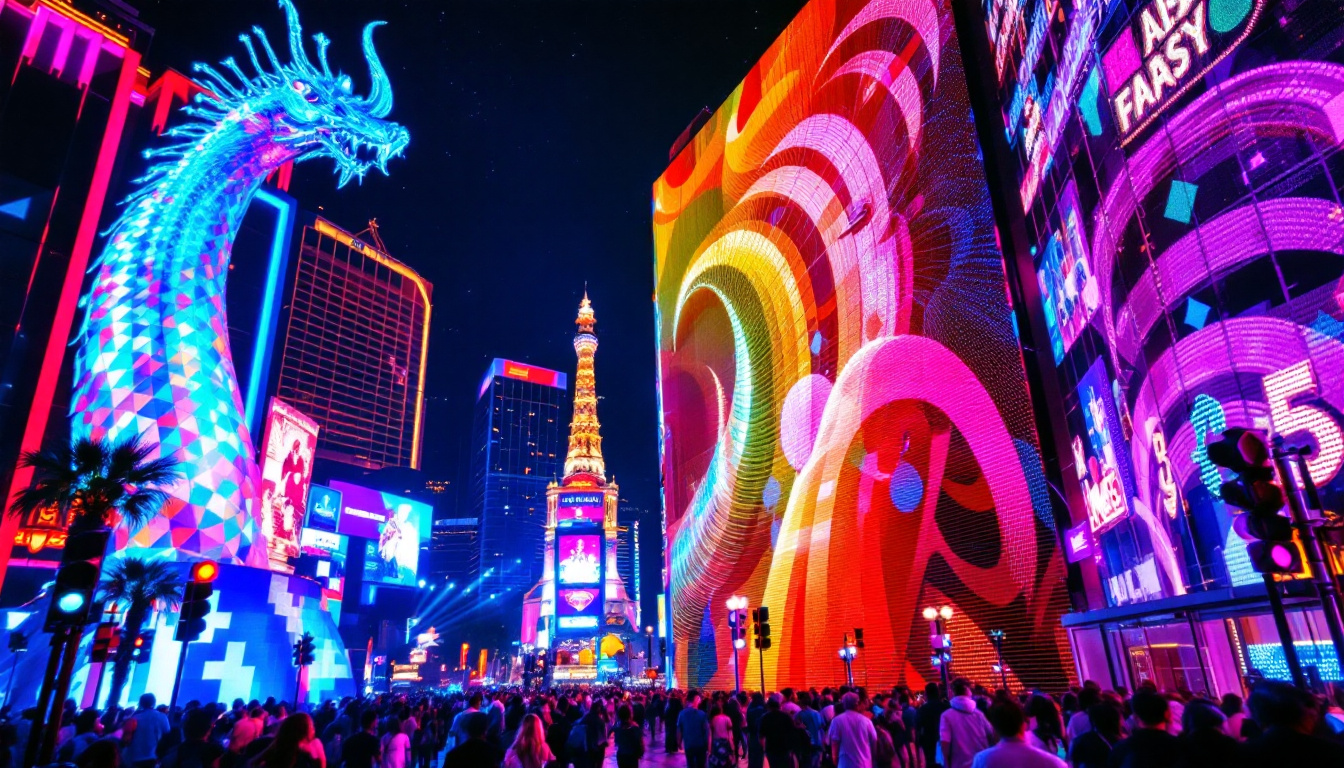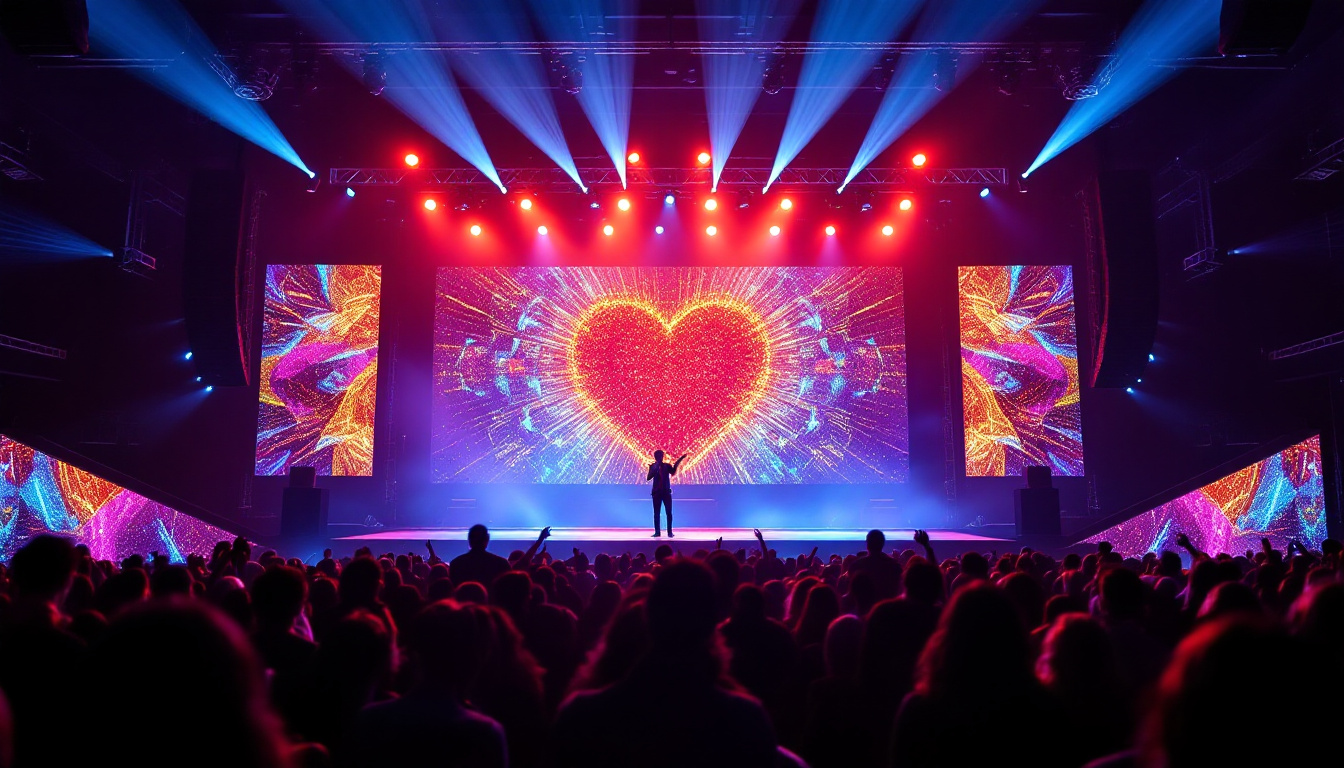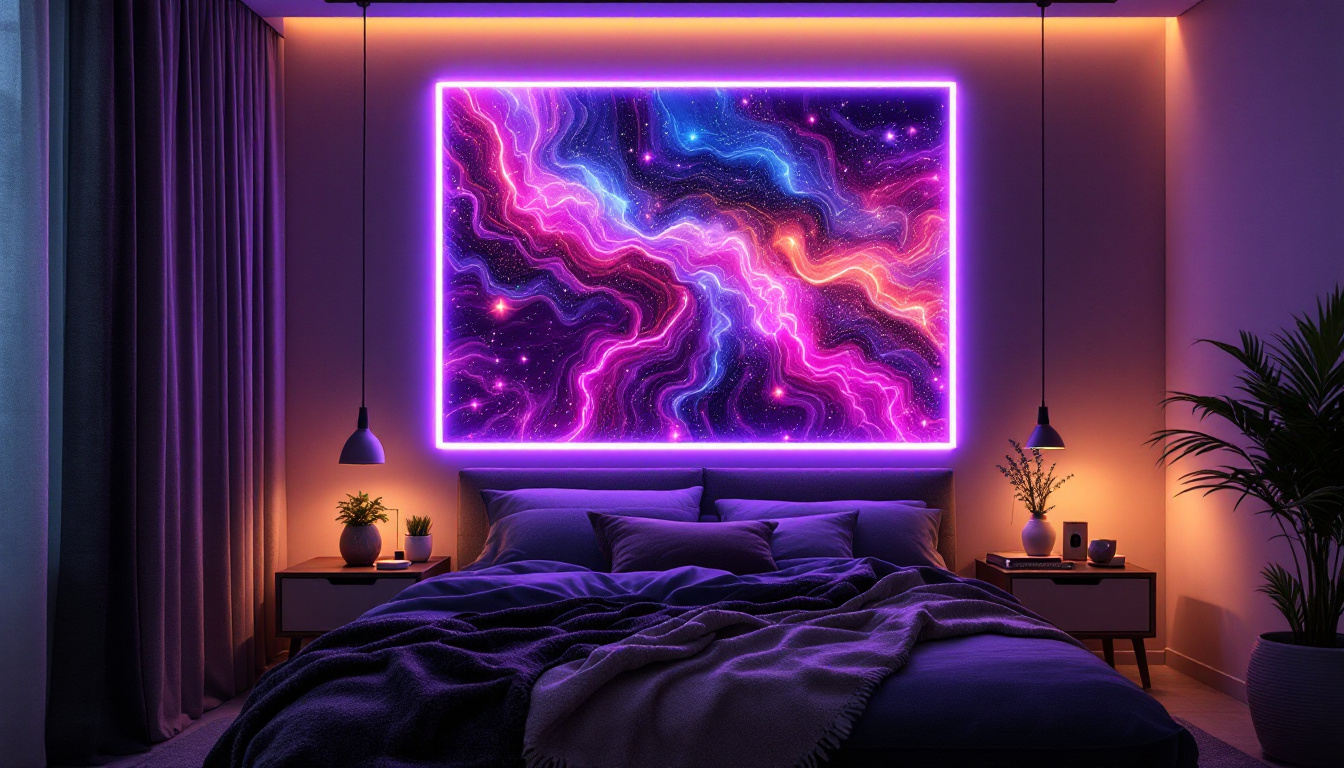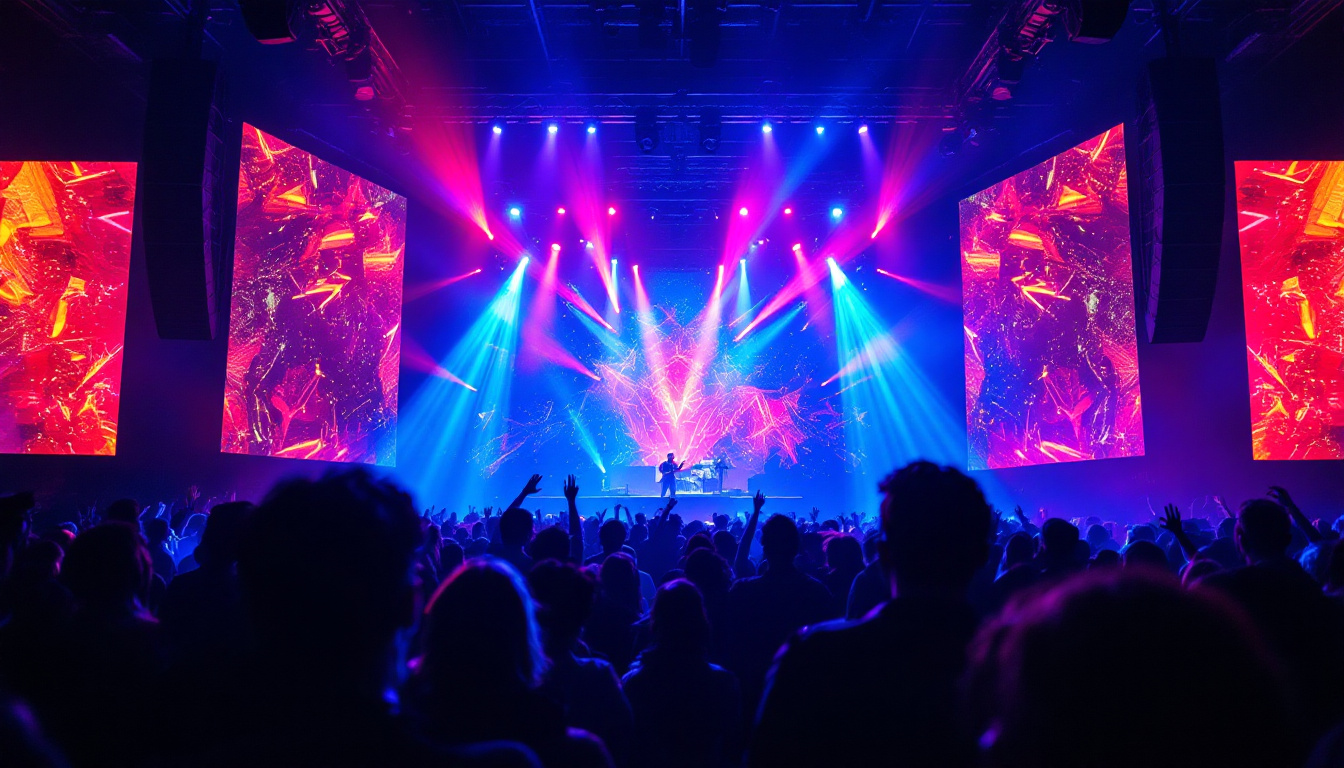In the realm of modern electronics, LED displays have emerged as a cornerstone technology, revolutionizing how visual information is presented. From smartphones to large-scale billboards, LED (Light Emitting Diode) displays are ubiquitous, offering vibrant colors, energy efficiency, and remarkable longevity. This article delves into the intricacies of LED displays, exploring their functionality, types, and applications.
Understanding LED Technology
At the heart of LED displays lies the technology of light-emitting diodes. These semiconductor devices convert electrical energy into light, a process that is both efficient and effective. The fundamental principle behind LEDs is electroluminescence, where a material emits light in response to an electric current.
The Science Behind LEDs
LEDs are made from a combination of materials, primarily semiconductors, which are capable of conducting electricity under certain conditions. When electrons recombine with holes in the semiconductor, energy is released in the form of photons, the basic units of light. The color of the emitted light depends on the materials used in the semiconductor, allowing for a wide spectrum of colors.
This technology offers several advantages over traditional lighting methods, such as incandescent or fluorescent bulbs. LEDs are more energy-efficient, have a longer lifespan, and produce less heat, making them ideal for a variety of applications. Furthermore, the compact size of LEDs allows for innovative designs and applications that were previously impossible with larger lighting technologies. From tiny indicator lights on electronic devices to massive digital billboards, the versatility of LED technology is evident in its widespread use.
Advantages of LED Displays
LED displays have gained popularity due to their numerous benefits. One of the most significant advantages is their energy efficiency. Compared to traditional display technologies, LEDs consume significantly less power, which translates to lower operational costs.
Moreover, LED displays are known for their brightness and clarity. They can produce vivid colors and high contrast ratios, making them suitable for both indoor and outdoor environments. Additionally, the durability of LEDs ensures that they can withstand harsh conditions, including extreme temperatures and exposure to moisture. This resilience is particularly beneficial for outdoor advertising, where displays are often subjected to varying weather conditions. The longevity of LED technology also means that maintenance costs are reduced, as replacements are infrequent, allowing businesses to focus on their core operations rather than worrying about lighting upkeep.
Another noteworthy aspect of LED displays is their ability to be easily integrated with smart technology. Many modern LED displays can be controlled remotely, allowing for dynamic content changes and real-time updates. This feature is especially useful for businesses that want to advertise promotions or events on the fly, enhancing customer engagement and maximizing advertising impact. The integration of sensors and connectivity options also opens up possibilities for interactive displays, where users can engage with content in innovative ways, further enhancing the user experience.
Types of LED Displays
LED displays come in various forms, each designed for specific applications. Understanding the different types can help in selecting the right display for a particular need.
Direct View LED Displays
Direct view LED displays consist of individual LED modules that create images by directly emitting light. These displays are commonly used in outdoor advertising, stadiums, and large venues. Their ability to be viewed from a distance while maintaining clarity makes them ideal for such applications.
One of the key features of direct view LED displays is their scalability. They can be assembled in various sizes and shapes, allowing for customized solutions that meet specific requirements. Additionally, advancements in technology have led to the development of high-resolution direct view LED displays, which can produce stunning visuals even at close range. These displays are also known for their durability and weather resistance, making them suitable for outdoor environments where they are exposed to the elements, ensuring they maintain performance and visibility over time.
Furthermore, direct view LED displays can incorporate dynamic content, allowing advertisers and event organizers to change messages in real-time. This flexibility not only enhances engagement but also allows for targeted advertising based on time of day or audience demographics, making them a powerful tool in marketing strategies.
LED Backlit Displays
LED backlit displays utilize LEDs to illuminate an LCD (Liquid Crystal Display) panel from behind. This technology enhances the brightness and color accuracy of the display while maintaining the benefits of traditional LCDs. LED backlighting is commonly found in televisions, computer monitors, and mobile devices.
These displays can be further categorized into edge-lit and full-array backlighting. Edge-lit displays use LEDs positioned along the edges of the panel, while full-array displays feature a grid of LEDs behind the entire screen, providing more uniform brightness and improved contrast. The choice between these two types can significantly affect the viewing experience; for instance, full-array backlighting often results in better black levels and overall image quality, particularly in darker scenes.
Moreover, LED backlit displays are increasingly being integrated with smart technologies, allowing for features such as adaptive brightness and color calibration based on ambient light conditions. This not only enhances the user experience but also contributes to energy efficiency, making these displays a popular choice among environmentally conscious consumers.
Organic LED (OLED) Displays
Organic LED (OLED) displays represent a significant advancement in display technology. Unlike traditional LEDs, OLEDs use organic compounds that emit light when an electric current is applied. This technology allows for thinner displays with better color reproduction and contrast ratios.
OLED displays are often used in high-end televisions and smartphones due to their ability to produce deep blacks and vibrant colors. Moreover, they offer wider viewing angles compared to conventional LED displays, making them ideal for shared viewing experiences. The self-emissive nature of OLED technology means that each pixel can be turned on or off independently, resulting in true black levels and an impressive dynamic range that enhances the overall visual experience.
Additionally, OLED technology has paved the way for innovative applications such as flexible and curved displays, which can conform to various shapes and surfaces. This opens up exciting possibilities for design in consumer electronics and advertising, allowing for unique and eye-catching presentations that were previously unattainable with traditional display technologies. As research continues, we can expect further advancements that will push the boundaries of what OLED displays can achieve, including improvements in lifespan and energy efficiency, making them an even more attractive option for consumers and manufacturers alike.
Applications of LED Displays
The versatility of LED displays has led to their adoption across various industries. From entertainment to advertising, their applications are vast and varied.
Advertising and Marketing
One of the most prominent uses of LED displays is in advertising. Billboards and digital signage utilize LED technology to capture the attention of passersby with dynamic content. The ability to change advertisements in real-time allows businesses to target specific audiences and promote time-sensitive offers effectively.
Furthermore, LED displays can be integrated with sensors and data analytics to provide personalized advertising experiences. This level of interactivity enhances consumer engagement and drives sales.
Entertainment and Events
In the entertainment industry, LED displays play a crucial role in enhancing live events. Concerts, sports events, and festivals utilize large-scale LED screens to provide audiences with immersive experiences. These displays can showcase live feeds, graphics, and animations, creating a vibrant atmosphere.
Additionally, LED technology is widely used in theaters and cinemas for both stage productions and film screenings. The ability to create stunning visuals and effects contributes to the overall storytelling experience.
Healthcare and Education
LED displays are also making significant strides in healthcare and education. In hospitals, LED screens can be used for patient information displays, wayfinding, and even in surgical settings to provide real-time data to medical professionals.
In educational settings, LED displays enhance learning experiences by providing interactive and engaging content. Smart classrooms equipped with LED screens facilitate collaboration and communication among students and teachers, fostering a more dynamic learning environment.
Challenges and Considerations
While LED displays offer numerous advantages, there are also challenges and considerations to keep in mind when implementing this technology.
Cost and Initial Investment
The initial cost of LED displays can be higher than traditional display technologies. Although prices have decreased over the years, investing in high-quality LED displays may still require a significant upfront expenditure. However, the long-term savings in energy costs and maintenance can offset this initial investment.
It is essential for businesses and organizations to conduct a thorough cost-benefit analysis before committing to LED technology. Understanding the total cost of ownership, including installation and maintenance, is crucial for making informed decisions.
Environmental Impact
As with any technology, the environmental impact of LED displays is a consideration. While LEDs are more energy-efficient than traditional lighting, the production and disposal of electronic components can contribute to environmental challenges. It is vital for manufacturers and consumers to prioritize sustainable practices, such as recycling and responsible disposal of electronic waste.
The Future of LED Displays
The future of LED displays looks promising, with continuous advancements in technology paving the way for new possibilities. Innovations such as MicroLED and MiniLED technologies are on the horizon, offering even greater resolution and color accuracy.
MicroLED Technology
MicroLED technology involves the use of microscopic LEDs to create displays that are not only brighter but also more energy-efficient. This technology allows for the creation of ultra-thin displays with exceptional image quality. MicroLED displays are expected to find applications in a variety of devices, from televisions to wearable technology.
Integration with Smart Technologies
As the world becomes increasingly interconnected, the integration of LED displays with smart technologies is inevitable. Smart LED displays can connect to the Internet of Things (IoT), enabling real-time data sharing and interactive experiences. This integration will enhance user engagement and provide valuable insights for businesses and organizations.
Conclusion
LED displays have transformed the way visual information is conveyed, offering a blend of efficiency, versatility, and stunning visuals. As technology continues to evolve, the potential applications for LED displays will only expand, shaping the future of communication and interaction. Understanding the intricacies of LED technology, its types, and applications is essential for harnessing its full potential in various industries.
With ongoing innovations and a focus on sustainability, LED displays are poised to remain at the forefront of electronic visual technologies, driving advancements in advertising, entertainment, healthcare, and beyond.
Discover LumenMatrix’s Advanced LED Display Solutions
As you consider the future of visual communication and the role LED displays play in it, LumenMatrix stands ready to elevate your brand’s presence. With our comprehensive range of innovative LED display modules—from Indoor and Outdoor LED Walls to specialized solutions like Vehicle and Sports Displays—LumenMatrix is committed to transforming environments with captivating visual experiences. Embrace the power of cutting-edge technology and let your message resonate with clarity and impact. Check out LumenMatrix LED Display Solutions today and see how we can illuminate your world.

